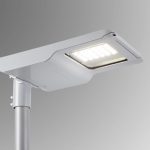LED Flickering: Understanding the Common Causes and Solutions
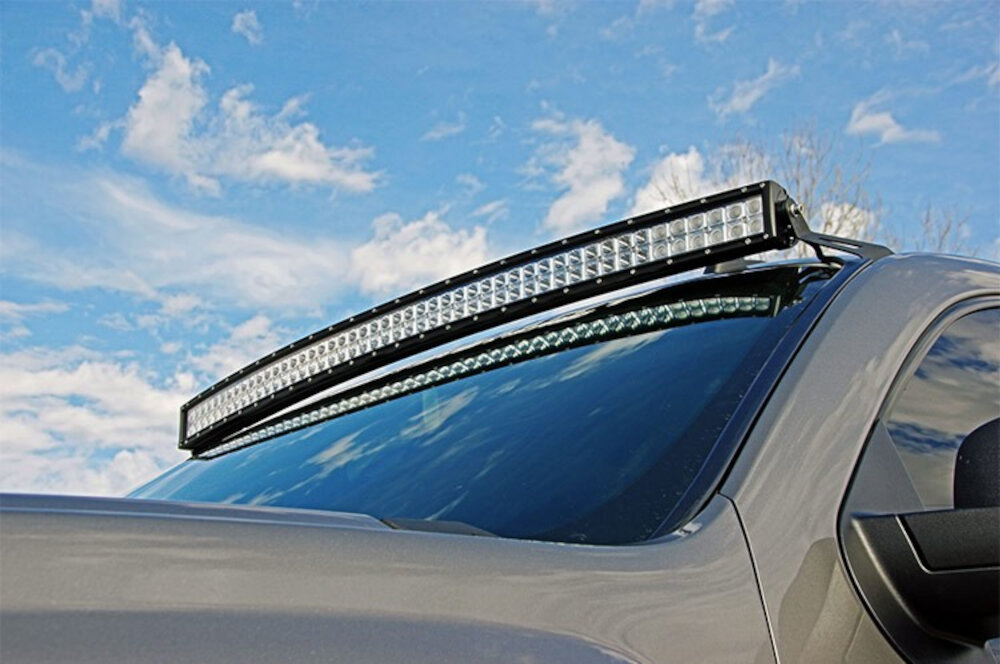
LED technology has revolutionized the lighting industry in recent years, offering energy-efficient and long-lasting lighting solutions. However, one issue that has been plaguing LED lights is flickering. LED flickering refers to the rapid and repeated dimming and brightening of LED lights, which can be quite annoying and even harmful to human health. Understanding the common causes and solutions to LED flickering is crucial to ensure that your LED lights function properly and provide the required illumination. There are several reasons why LED lights flicker, ranging from voltage fluctuations and poor quality LED drivers to incompatible dimmer switches and electromagnetic interference. LED flickering can also be caused by overheating, which can damage the LED bulb and shorten its lifespan. Fortunately, there are several solutions to LED flickering, such as installing a quality LED driver, using compatible dimmer switches, and ensuring proper wiring and grounding. In this article, we will explore in detail the common causes and solutions to LED flickering, allowing you to make informed decisions when it comes to LED lighting.
LED flickering refers to the visible and often annoying rapid changes in brightness of LED lights. This phenomenon can occur due to a variety of reasons including the use of incompatible dimmer switches, pulse-width modulation (PWM) used in LED drivers, and the electrical characteristics of the LED itself. LED flickering can have several negative effects including headaches, eye strain, and disruption to sleep patterns. In addition, LED flickering can also cause problems for individuals with photosensitive epilepsy or other medical conditions. Therefore, it is important to understand the common causes of LED flickering and implement appropriate solutions to mitigate its effects.
Understanding the causes and solutions of LED flickering is crucial for several reasons. First and foremost, flickering lights can be a major annoyance, causing eye strain and headaches, and can even trigger seizures in some individuals. Additionally, flickering can reduce the lifespan of your LED lights and other electronic devices, leading to premature failure and costly replacements. Furthermore, flickering can be a sign of an underlying electrical problem, which, if left unchecked, can pose a serious safety risk. By understanding the common causes of LED flickering, such as voltage fluctuations and incompatible dimmer switches, and implementing the appropriate solutions, such as installing voltage stabilizers or using compatible dimmer switches, you can ensure the longevity, safety, and comfort of your lighting system.
Causes of LED Flickering

LED flickering is a common problem that can be frustrating for users. There are several reasons why this occurs, including voltage fluctuations, incompatible dimmer switches, and outdated wiring. Voltage fluctuations can cause the LED lights to flicker as the voltage levels change, which can be caused by changes in the electrical load or the power supply. This can be especially problematic in homes with older electrical systems or areas with frequent power outages. Incompatible dimmer switches can also cause LED flickering since they are designed for use with traditional incandescent bulbs, which have different electrical characteristics. When used with LED bulbs, they can cause flickering or even damage to the bulbs. Outdated wiring can also be a cause of LED flickering, as old wiring may not be able to handle the electrical load of LED lights. In these cases, rewiring may be necessary to ensure the proper functioning of the LED lights. Another cause of LED flickering is electromagnetic interference (EMI) from other electrical devices. EMI can be caused by a variety of sources, including nearby electronic devices or radio transmitters. This interference can disrupt the electrical signal sent to the LED lights, causing them to flicker or even turn off. In addition, some LED bulbs are more susceptible to EMI than others, so it is important to choose bulbs that are designed to minimize this problem. Other potential causes of LED flickering include faulty wiring connections or poor quality LED bulbs. In these cases, replacing the affected component may be necessary to resolve the issue. By understanding the common causes of LED flickering, users can take steps to address the problem and ensure that their LED lights work properly.
Power supply issues and voltage fluctuations are common causes of LED flickering. These issues can arise due to a variety of factors, such as an overloaded circuit, a faulty transformer, or a loose connection. Inadequate power supply can result in voltage drops and spikes, which in turn can cause flickering in LED lights. Furthermore, fluctuations in voltage can also damage the LED driver and shorten the lifespan of the LED bulb. To prevent LED flickering caused by power supply issues, it is important to ensure that the electrical system is properly installed and maintained. This may involve upgrading the electrical panel or installing a voltage regulator to stabilize the power supply. In addition, using high-quality LED bulbs and drivers that are designed to withstand voltage fluctuations can also help to mitigate the problem.
Incompatible dimmer switches can be a common cause of LED flickering. Many older dimmer switches were designed for use with incandescent bulbs, which have different electrical characteristics than LED bulbs. When LED bulbs are used with incompatible dimmer switches, the result can be flickering, buzzing, or even damage to the bulbs. To avoid this issue, it’s important to use dimmer switches that are specifically designed for use with LED bulbs. These switches will often have compatibility ratings listed on the packaging, indicating which types of bulbs they are compatible with. It’s also important to ensure that the total wattage of the bulbs being used does not exceed the maximum wattage rating of the dimmer switch. By taking these steps, you can help ensure that your LED bulbs function properly and without flickering.
Faulty wiring or loose connections are one of the most common causes of LED flickering. When the electrical wiring or connections become loose or damaged, it can cause intermittent power surges or drops in the circuit, leading to the flickering of LED lights. This issue is often seen in older buildings or homes where the wiring may be outdated or poorly installed. It is crucial to have a licensed electrician inspect the wiring and connections to ensure they are up to code and properly functioning. In some cases, the wiring or connections may need to be replaced or repaired to resolve the flickering issue.
Interference from other electronics is one of the most common causes of LED flickering. When LED lights are connected to the same circuit as other devices that produce electromagnetic interference (EMI), it can cause the LED lights to flicker. This is because the EMI disrupts the voltage and current flow in the circuit, resulting in irregular power supply to the LED lights. Common sources of EMI include refrigerators, air conditioning units, and other high-powered electrical devices. To minimize interference, it is recommended to keep LED lights on a separate circuit from these devices or use filters to reduce the impact of EMI on the circuit.
Aging or defective LED bulbs are a common cause of flickering. As LED bulbs age, the components inside them can begin to degrade, causing fluctuations in the electrical current that powers the bulb. In addition, manufacturing defects or damage during installation can also result in flickering. When the flickering is caused by aging or defects, the only solution is to replace the bulb. It is important to purchase high-quality LED bulbs from reputable manufacturers to ensure that they last as long as possible and operate efficiently.
Effects of LED Flickering
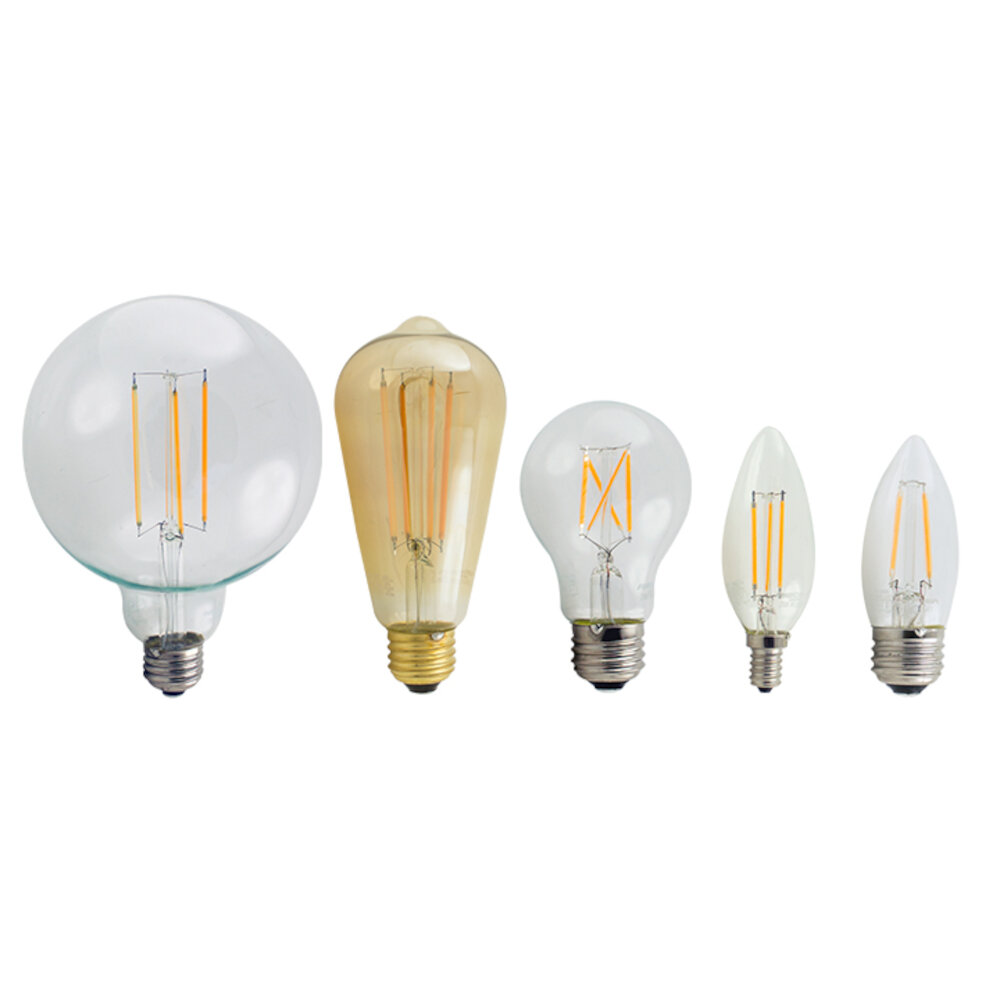
LED flickering is a common issue that is bothering many people who are using LED lights. It is a phenomenon that happens when the brightness of the LED light fluctuates rapidly at an imperceptible rate to the human eye. This flickering is caused by a variety of factors such as the power source or the driver circuit. The most common causes of LED flickering include voltage fluctuations, thermal issues, electromagnetic interference, and driver circuitry problems. These issues not only negatively affect the performance of the LED lights but also have various negative effects on human health. The effects of LED flickering can be numerous and range from minor to severe. One of the most common effects of LED flickering is eye strain. The rapid fluctuations in the brightness of the LED light can cause discomfort and fatigue in the eyes, which can lead to headaches and other vision problems. Moreover, LED flickering can also have a negative impact on people suffering from neurological disorders such as epilepsy. For these individuals, LED flickering can cause seizures, which can be life-threatening. Additionally, LED flickering can also negatively affect sleep quality. The rapid fluctuations in brightness can disrupt the circadian rhythm, leading to sleep disturbances and insomnia. Overall, LED flickering is not only an annoying issue but also a health hazard that needs to be addressed promptly.
Exposure to LED flickering can have a negative impact on eye health and vision. When the frequency of the flicker is too low, it can lead to headaches, eyestrain, and fatigue. This is because the human eye is sensitive to changes in luminance, and if the flicker is too slow, the eye will have to work harder to adjust to the changes in light. In addition, exposure to high levels of blue light emitted by LED lights can cause damage to the retina and disrupt the body’s natural sleep-wake cycle. To minimize the negative impact on eye health, it is important to choose LED lights with a high flicker frequency and to limit exposure to blue light before bedtime.
Discomfort and distraction caused by LED flickering can be a major issue for many individuals. The constant flickering of LED lights can cause headaches, eyestrain, and even seizures in some cases. This can be particularly problematic in the workplace, where employees may be required to spend long hours in front of computer screens or under artificial lighting. In addition to the physical discomfort, flickering lights can also be a major distraction, making it difficult to focus on tasks and reducing overall productivity. Fortunately, there are a variety of solutions available to address this issue, including adjusting the lighting source or using specialized filters to reduce the impact of flickering lights on the eyes.
The reduced lifespan of LED bulbs is a common issue that many users face. Although LED bulbs are known for their long lifespan, they can still experience flickering, which can lead to a shorter lifespan. This is often due to a variety of factors such as poor quality components, incorrect installation, or high temperatures. Over time, these factors can cause the LEDs to degrade, leading to a shorter lifespan. However, with proper maintenance and installation, LED bulbs can still provide long-lasting and energy-efficient lighting for your home or business.
Electrical hazards and safety risks are a major concern when dealing with LED flickering. Exposed wires, damaged electrical components, or improper installations can cause electrical shocks, fires, and other life-threatening hazards. It’s crucial to ensure that all electrical systems are installed and maintained by licensed professionals, and that all safety protocols are followed. Additionally, it’s important to use proper personal protective equipment, such as insulated gloves and safety goggles, when working with electrical systems. By taking these precautions, we can mitigate the risks associated with LED flickering and ensure a safe and secure environment.
Solutions to LED Flickering

LED flickering is a common issue that many homeowners face. It can be frustrating, especially when you have invested in energy-efficient LED lights to save money on your electricity bill. LED flickering is caused by a number of factors, including voltage fluctuations, incompatible dimmer switches, and outdated wiring. Fortunately, there are several solutions to this problem. One solution is to install a voltage regulator or stabilizer. This device helps to regulate the voltage supply to the LED lights, ensuring that they receive a stable and consistent flow of electricity. This is particularly useful in homes where there are voltage fluctuations, which can cause LED lights to flicker. Another solution is to replace your dimmer switches with ones that are compatible with LED lights. Many older dimmer switches are designed for use with incandescent bulbs, and they may not work well with LED lights. By replacing your dimmer switches with ones that are designed for use with LED lights, you can eliminate flickering and enjoy smooth, consistent lighting. In conclusion, LED flickering can be a frustrating problem, but there are several solutions available. By installing a voltage regulator or stabilizer and replacing incompatible dimmer switches, you can enjoy stable, consistent lighting throughout your home. It is important to consult with a licensed electrician if you are unsure of the cause of your LED flickering or if you are unsure of how to fix the problem. With the right solutions in place, you can enjoy the benefits of energy-efficient LED lighting without any flickering or other issues.
The use of high-quality power supplies and voltage stabilizers is essential in preventing LED flickering. Flickering lights can be caused by voltage fluctuations, which occur when there is a sudden change in the amount of electricity flowing through the circuit. Voltage stabilizers regulate the incoming voltage and maintain it at a constant level, preventing any fluctuations from occurring. High-quality power supplies also help to ensure a steady flow of electricity to the LEDs, which can prevent flickering. Investing in these devices may seem like an extra expense, but it can save you from the frustration and potential damage caused by flickering LED lights.
Replacing incompatible dimmer switches is a crucial step in resolving the issue of LED flickering. Incompatible dimmer switches often cause LED lights to flicker or not work at all. Traditional dimmer switches are designed for incandescent bulbs, which have a different power rating and function differently than LED lights. Therefore, they are not compatible with LED lights, and using them can cause flickering, buzzing, or even damage to the LED lights. To avoid these issues, it is recommended to replace incompatible dimmer switches with LED-compatible ones. This ensures that the dimmer switch can handle the lower wattage of LED lights and provides a smooth dimming experience without flickering.
One of the most common causes of LED flickering is faulty wiring and connections. It is important to inspect and repair any issues with the wiring and connections to ensure that the LED lights are receiving a stable and consistent power supply. This can include checking for loose connections, frayed wires, or damaged insulation. It is also important to ensure that the wiring is properly grounded and that the correct voltage is being supplied to the LED lights. Regular inspection and maintenance of the wiring and connections can help to prevent LED flickering and ensure that the lights are operating safely and efficiently.
Proper placement of distance between LEDs and other electronics is crucial in preventing LED flickering. When LEDs are located too close to other electronic components, the electromagnetic interference (EMI) generated by the other components can cause flickering in the LEDs. Therefore, it is important to ensure a safe distance between the LEDs and other electronic components, such as transformers and dimmers, to minimize the risk of EMI interference. This distance can vary depending on the specific components involved, so it is important to consult the manufacturer’s recommendations and guidelines for proper placement. Taking care to properly place the LEDs and other electronics can help ensure reliable and consistent performance of LED lighting systems.
One of the most common causes of LED flickering is the aging or defectiveness of LED bulbs. Over time, LED bulbs can deteriorate and lose their ability to function properly. This can result in flickering, dimming, or even complete failure of the bulb. When this happens, it is important to replace the bulb with a new one to ensure that the lighting system remains functional and safe. Fortunately, LED bulbs are relatively easy and inexpensive to replace, making it a simple and effective solution to this common problem. By replacing aging or defective LED bulbs, you can enjoy consistent and reliable lighting without the annoyance of flickering or dimming.
Prevention of LED Flickering
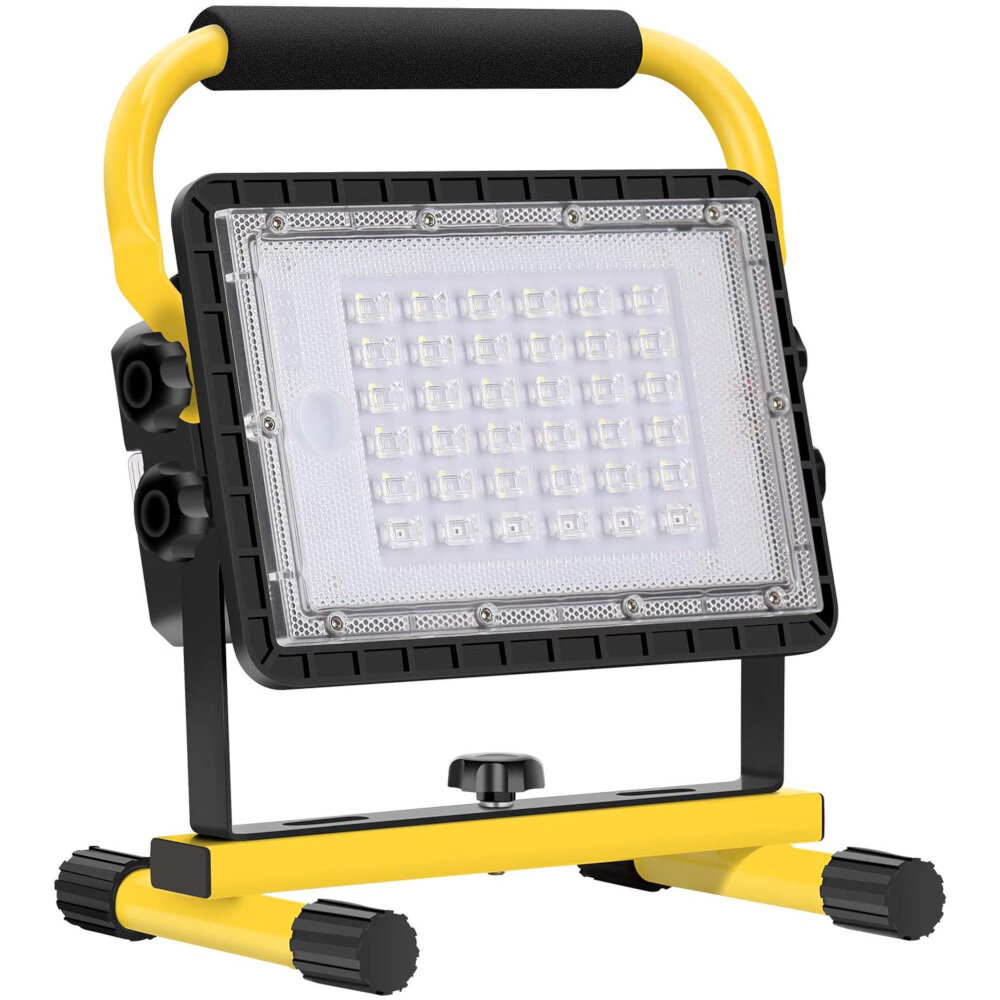
LED flickering is a common problem that can cause discomfort and eyestrain, particularly in individuals who spend long periods of time in front of screens. Fortunately, there are several preventative measures that can be taken to reduce or eliminate this issue. One of the most effective ways to prevent LED flickering is to choose high-quality LED bulbs that have been designed to minimize flicker. These bulbs typically incorporate advanced circuitry and materials that help to stabilize the current and reduce the likelihood of flickering. It is also important to choose bulbs that have a high refresh rate, as this will help to ensure that the light output remains stable and consistent. Another way to prevent LED flickering is to ensure that the bulbs are properly installed and connected. This may involve using the correct type of fixture or socket, as well as ensuring that the wiring is properly grounded and connected. If the flickering persists despite these measures, it may be necessary to consult with an electrician or lighting specialist to identify and address the underlying issue. By taking these preventative measures, individuals can enjoy the benefits of LED lighting without experiencing the discomfort and eyestrain associated with flicker.
Regular maintenance and inspection of electrical systems is crucial to prevent issues like LED flickering. It is essential to have a licensed electrician inspect your electrical system at least once a year to ensure proper functioning and safety. During the inspection, the electrician will check for loose connections, damaged wires, and other potential issues that can cause flickering lights. Additionally, keeping the electrical system clean and free of dust and debris can also prevent flickering. Regular maintenance and inspection of electrical systems can not only prevent LED flickering but also ensure the safety and longevity of your electrical system.
When purchasing LED products, it is important to prioritize quality and reliability over cost. Investing in high-quality LED products from reputable manufacturers not only ensures a longer lifespan and higher efficiency but also reduces the likelihood of flickering. Cheaper LED products may be more prone to flickering due to lower quality components and manufacturing processes. By choosing reputable manufacturers, consumers can trust that the products have undergone rigorous testing and meet industry standards. In addition, these manufacturers often offer warranties and customer support, providing peace of mind for consumers. Overall, purchasing high-quality LED products from reputable manufacturers is a wise investment for both the longevity of the product and the quality of lighting experience.
Proper installation and setup of LED lighting systems is crucial to prevent flickering issues. The first step is to ensure that the wiring is correctly installed and grounded to avoid voltage fluctuations that can cause the LED lights to flicker. It is also important to check that the LED lights are compatible with the dimmer switches, as some LEDs may not work well with certain types of dimmers. Proper placement of LED lights can also impact their performance, so it is essential to position them in a way that allows for proper ventilation and prevents overheating. Finally, it is recommended to use high-quality LED bulbs and drivers to ensure optimal performance and reduce the risk of flickering. By following these guidelines, users can enjoy the many benefits of LED lighting without the annoyance of flickering.
Overloading electrical circuits can be a major cause of LED flickering, and it is important to take steps to avoid this issue. One of the most effective ways to prevent overloading is to ensure that the electrical circuits in your home or office are properly designed and installed. This may involve working with a qualified electrician to assess the capacity of your circuits and make any necessary upgrades or modifications. Additionally, it is important to be mindful of the number and type of electrical devices that are connected to each circuit, and to avoid plugging in too many high-wattage devices at once. By taking these precautions, you can help ensure that your LED lights remain stable and flicker-free, providing reliable and efficient illumination for years to come.
LED flickering is a common issue that occurs when the light output of an LED fluctuates rapidly. The root cause of LED flickering can be attributed to several factors, including voltage variations, faulty bulbs, and incompatible dimmer switches. The effects of LED flickering can range from mild annoyance to serious health concerns, as flickering can cause headaches, eye strain, and other health issues. To address LED flickering, several solutions are available, such as using high-quality LED bulbs, installing compatible dimmer switches, and stabilizing voltage fluctuations. By understanding the common causes and solutions of LED flickering, individuals can ensure that their lighting systems remain stable and functional, providing consistent light output and minimizing the risk of health issues.
Addressing LED flickering is of utmost importance for several reasons. Firstly, it ensures safety by eliminating the risk of seizures and headaches caused by flickering lights. Secondly, it enhances the comfort level of individuals by preventing eye strain and fatigue, which can result in reduced productivity and efficiency. Lastly, it promotes energy efficiency by ensuring that LED lights operate at their optimal performance levels, reducing the energy consumption and extending the lifespan of the bulbs. Thus, addressing LED flickering is crucial for providing a safe, comfortable, and efficient lighting environment.
If you are experiencing LED flickering despite trying out the different solutions discussed in this article, it’s time to seek professional help. A qualified electrician will be able to identify the root cause of the problem and provide a custom solution that is tailored to your specific needs. Don’t wait until the problem becomes worse, as flickering lights can be a sign of a more serious electrical issue that requires immediate attention. Remember, your safety and the safety of your loved ones is of utmost importance, so don’t hesitate to reach out to a professional if necessary.
Conclusion
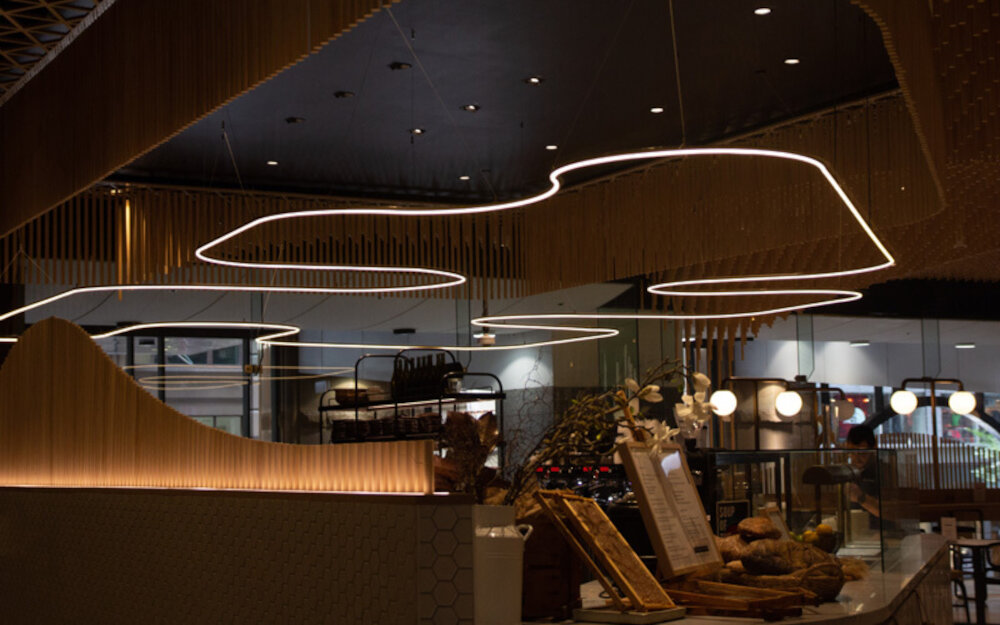
In conclusion, understanding the common causes and solutions of LED flickering is crucial to ensure a comfortable and safe lighting experience. From voltage fluctuations to incompatible dimmer switches, various factors can lead to flickering lights, which can cause eye strain, headaches, and even accidents. However, by identifying the root cause of the problem, such as upgrading to compatible dimmer switches, using high-quality LEDs, or installing voltage stabilizers, one can easily resolve the issue. Therefore, it is essential to invest in quality lighting products and seek professional guidance to ensure a seamless and enjoyable lighting experience. Ultimately, by addressing the issue of LED flickering, one can achieve a brighter and more comfortable living space.


